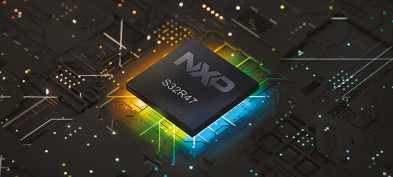
NXP Semiconductors has announced the launch of its new S32R47 imaging radar processor, leveraging advanced 16nm FinFET technology and the company’s proven expertise in radar processing. As the third generation in NXP’s imaging radar processor family, the S32R47 delivers up to 2x the compute performance of its predecessor while enhancing system power efficiency and reducing overall costs.
Designed to accelerate the evolution of autonomous driving, the S32R47 complies with ISO 26262 ASIL B(D) safety standards and is optimized for integration with NXP’s mmWave radar transceivers, power management ICs, and automotive networking solutions—offering OEMs a comprehensive and scalable radar platform.
Driving the Future of Autonomous Mobility
According to Yole Intelligence’s 2024 Radar Report, by 2029, approximately 40% of vehicles on the road will feature Level 2+ or Level 3 autonomous driving capabilities, with Level 4 deployments also on the rise. To support the rapid growth of the software-defined vehicle (SDV) market and meet increasing demands for higher-resolution and real-time perception, OEMs and Tier 1s are seeking more powerful, efficient radar solutions.
The S32R47 is engineered to handle 3x or more antenna channels than current mass-market radar solutions—enabling significantly improved radar imaging resolution, sensitivity, and dynamic range. This allows vehicles to detect and classify objects more accurately in complex driving environments, such as dense urban traffic, while still meeting strict power and cost constraints.
Advancing Imaging Radar with AI and Rich Point Clouds
Imaging radar plays a critical role in autonomous perception by generating high-density point cloud data, offering detailed environmental modeling that is essential for AI-based perception systems. These capabilities are vital for safe operation under challenging conditions, including poor visibility, crowded intersections, and adverse weather.
According to Meindert van den Beld, Senior Vice President and General Manager of Radar and ADAS at NXP:
"The S32R47 empowers the next generation of radar-based perception systems with enhanced imaging capabilities and real-time processing, supporting the evolution of automated and autonomous driving."
The processor features a high-performance multi-core architecture tailored to imaging radar, enabling advanced algorithms and denser point clouds. This allows for superior object separation, detection accuracy, and the ability to reliably classify vulnerable road users and small or lost cargo—critical factors in both safety and full autonomy.

Privacy Policy
Manufacturers
News & Articles
Contact Us
 Submit RFQ
Submit RFQ 



